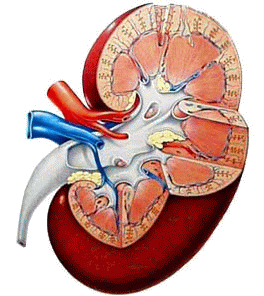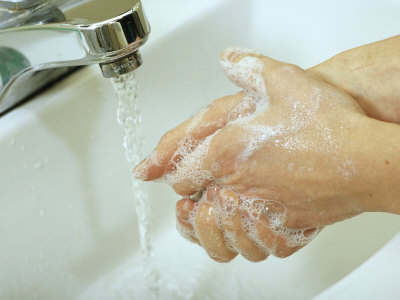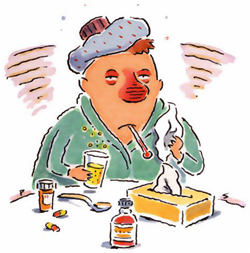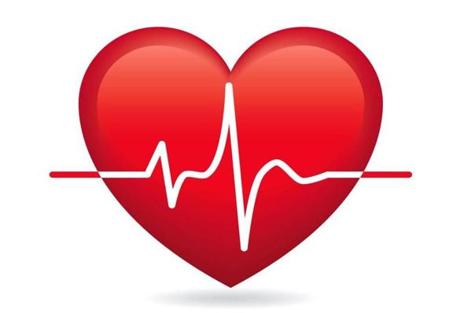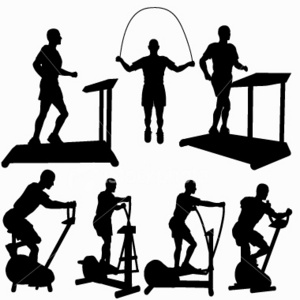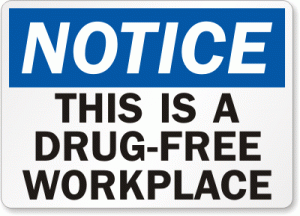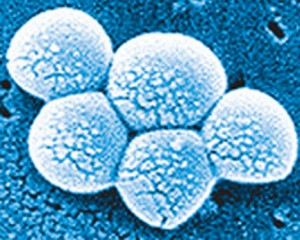Between 1997 and 2011, the hospitalization rate for acute renal failure had the steepest growth across all conditions, increasing 346 percent.
Acute kidney failure occurs when your kidneys suddenly become unable to filter waste products from your blood. When your kidneys lose their filtering ability, dangerous levels of wastes may accumulate and your bloods chemical makeup may get out of balance.Acute kidney failure — also called acute renal failure or acute kidney injury — develops rapidly over a few hours or a few days. Acute kidney failure is most common in people who are already hospitalized, particularly in critically ill people who need intensive care. Acute kidney failure can be fatal and requires intensive treatment. However, acute kidney failure may be reversible. If you’re otherwise in good health, you may recover normal kidney function.
via Kidney failure, acute – MayoClinic.com

